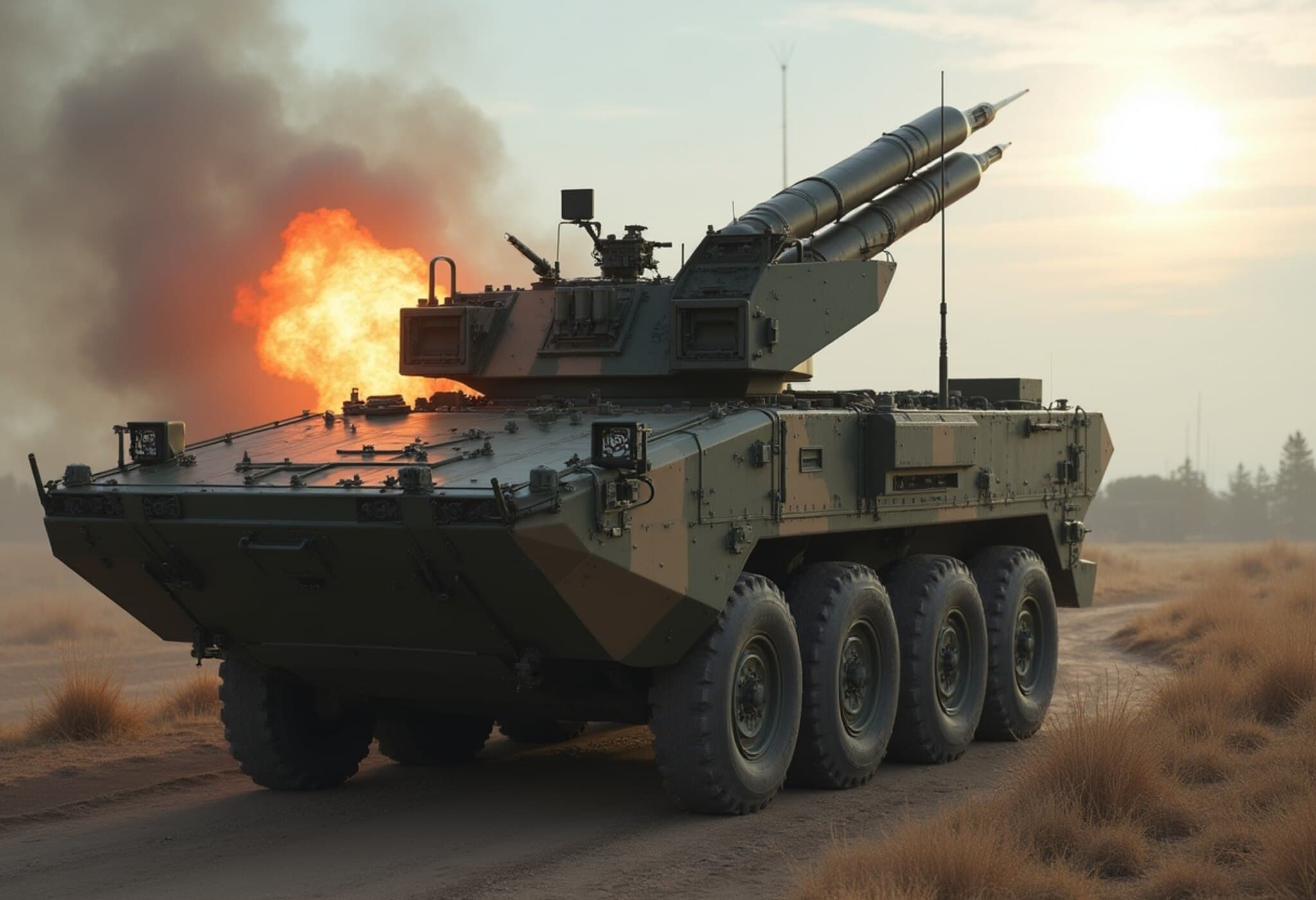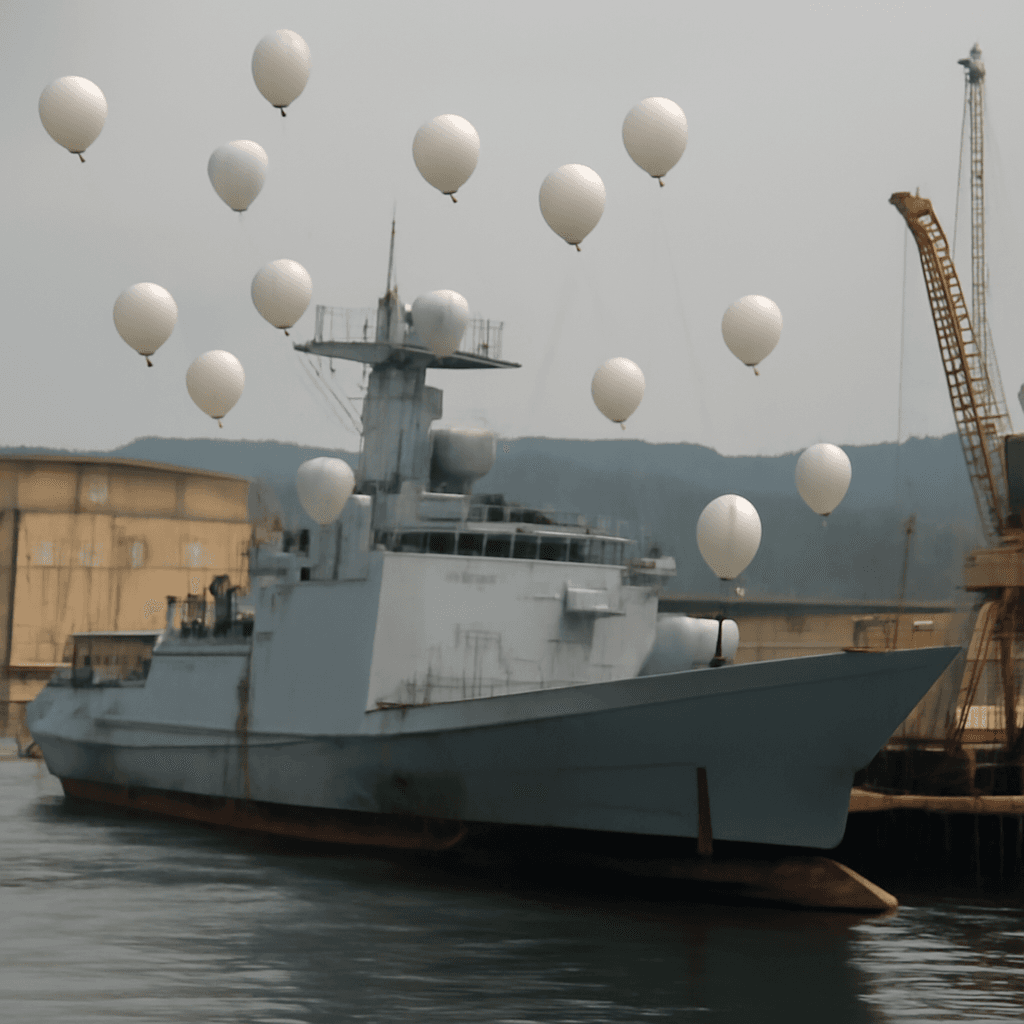China Deepens Naval Partnership by Delivering Third Hangor-Class Submarine to Pakistan
In a significant move intensifying naval power dynamics in South Asia, China has officially handed over the third of eight planned advanced Hangor-class submarines to Pakistan. This development marks a continued escalation in maritime capabilities amid escalating regional tensions, particularly in the Indian Ocean, where India traditionally asserts strategic dominance.
Submarine Handover and Strategic Context
The delivery ceremony took place in Wuhan, located in Central China's Hubei province, as reported by the Chinese state-run Global Times. Earlier this year in March, Pakistan received the second submarine of the series, underscoring Beijing's commitment to bolstering Islamabad's naval strength.
These submarines feature cutting-edge technology—including advanced sensors, stealth capabilities, and multi-role combat functions—enhancing Pakistan’s underwater warfare and surveillance capabilities.
China’s Broader Naval Aid and Maritime Ambitions
Beyond submarines, China has supplied Pakistan with four modern naval frigates over recent years, progressively deepening military ties. These deliveries are in line with China’s broader strategy to project power across the Indian Ocean basin and secure maritime routes critical for its economic interests, including the ambitious China-Pakistan Economic Corridor (CPEC) and the development of the Gwadar port.
Pakistan’s Perspective: Strengthening Regional Stability
At the launch event, Vice Admiral Abdul Samad, Deputy Chief of Naval Staff Project-2 of Pakistan Navy, emphasized that the Hangor-class submarines’ sophisticated weaponry and sensor arrays would play a pivotal role in maintaining regional power balance and safeguarding maritime security. This narrative aligns with Pakistan’s official stance that its naval modernization aims at deterrence rather than aggression.
Complementary Military Acquisitions Elevate Pakistan’s Defense
A recent Stockholm International Peace Research Institute (SIPRI) report highlighted Pakistan's diverse arms acquisitions over the past five years:
- Launch of its first indigenous spy ship, the Rizwan
- Procurement of over 600 VT-4 main battle tanks
- Acquisition of 36 J-10CE 4.5-generation fighter jets delivered by China
The induction of J-10CE jets complements Pakistan's existing JF-17 Thunder fighters, jointly developed with China, underscoring an ongoing modernization drive across multiple military domains.
Expert Insights and Regional Implications
Zhang Junshe, a noted Chinese military analyst, described the Hangor-class submarine as an advanced platform boasting "strong underwater combat capabilities, comprehensive sensors, stealth features, mobility, endurance, and formidable firepower." Such attributes significantly enhance Pakistan’s asymmetric naval posture against conventional regional naval powers.
India, closely monitoring these developments, views the naval deliveries against the backdrop of recent border skirmishes and a four-day military escalation with Pakistan. The strategic calculus in New Delhi includes concerns about maintaining dominance in its maritime backyard—the Indian Ocean—where Chinese and Pakistani naval presence is growing steadily.
Understanding the Larger Geo-Strategic Chessboard
China’s sustained naval assistance reflects its ambition to cement a foothold in the Arabian Sea, projecting influence far beyond its coastline. The partnership serves multiple purposes:
- Counterbalancing India's regional military superiority: Modernizing Pakistan’s navy acts as a deterrent and a potential balancing force against India’s maritime strength.
- Securing strategic sea lanes: Ensuring uninterrupted access to vital shipping routes in the Indian Ocean is critical for China’s global trade and energy supply chains.
- Expanding the Belt and Road Initiative (BRI): Military collaboration underpins economic ventures like CPEC, ensuring security for infrastructure projects.
Questions for Future Watch
This deepened Sino-Pakistani defense collaboration raises complex questions about regional security dynamics. How might India recalibrate its naval strategy in response? Will this trigger a new naval arms race in South Asia? How do other regional powers, including the United States and ASEAN countries, view China’s expanding footprint?
The ongoing arms transfers also invite scrutiny over their implications for arms control and diplomatic efforts to resolve longstanding South Asian conflicts.
Editor’s Note
The delivery of the third advanced Hangor-class submarine signals more than just military hardware exchange—it underscores a shifting power balance in the Indian Ocean region. With China nurturing Pakistan's naval capabilities, regional maritime security is entering a new phase of complexity. For observers and policymakers alike, this development calls for careful evaluation of the unfolding strategic landscape and proactive dialogue to mitigate risks of escalation.
As the Indo-Pacific continues to be a focal point of global power competition, understanding these subtle yet impactful military advancements will be key to anticipating future geopolitical shifts.











